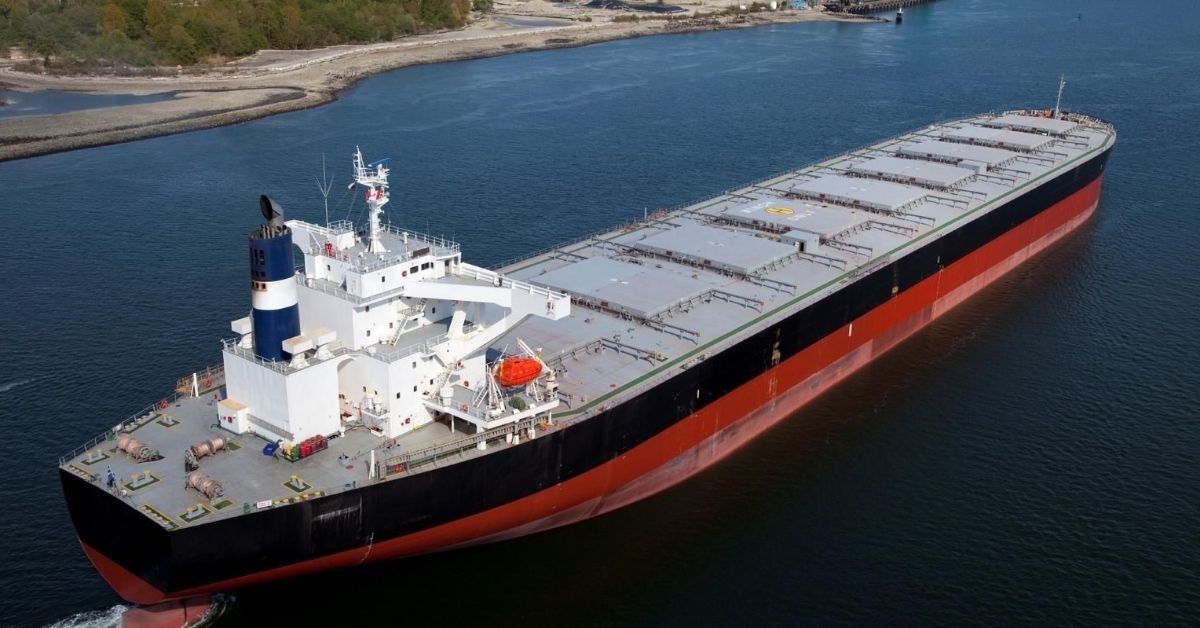A bull run in container freight rates has left shippers at a disadvantage during annual contract negotiations, with many seeing more commitments than years past, market sources said.
Annual negotiations between container carriers and shippers are entering their final phase at the start of the second quarter. Shippers remain on the backfoot with spot rates at multi-year highs and space on ships at a premium, though both are expected to soften later this year as the COVID-19 vaccine rollout eases coronavirus-related supply tightness.
This has put shippers in a quandary about how to guarantee their volumes, while seeking to mitigate their losses should future spot market pricing ease in the latter part of 2021.
The surge in goods demand as consumers turn en masse toward e-commerce has been a tailwind for major retailers, and shipowners have taken their piece of the pie as US import volumes from Asia, and accompanying freight rates, sit at record levels.
Many importers now expect demand to remain elevated through the second or third quarter, and downward pressure on the spot market to likely come after demand begins to slow down. And faced with a more consolidated and disciplined carrier group, importers have been forced to make concessions on rates, to guarantee quantity commitments.
Quantity forecasting crucial
“I can’t stress this enough, the most important thing that an importer and BCO (beneficial cargo owner) can do is to accurately forecast their needs going into the new contracting season,” said Stephanie Loomis, vice president of Full Container Load product with Vanguard Logistics.
Precise quantity forecasting on the part of shippers gives carriers confidence in allocating capacity, while affording shippers the best possible rates, market sources said.
“If a shipper can keep us up to date on a weekly basis how much cargo they will need to move, we will take that into consideration when signing contracts,” a trans-Pacific carrier source told S&P Global Platts.
Even so, contracted rates are set to be significantly higher in 2021 than in years past, a trend that is set to stay for the short and medium term as negotiation and pricing power is once again in the hands of carriers, sources said. And with global freight rates at, or near, record highs, many shippers have found themselves footing significant increases when compared with last years’ rates.
Carriers raise term rates
The bull run in spot pricing seen over the course of 2020 and into 2021 has been underpinned primarily by global equipment shortages and elevated consumer demand for containerized goods beginning in the second half of 2020.
And nowhere is this clearer than on the trans-Pacific trade lane. Platts Container Rate 13 – North Asia to West Coast North America – was assessed at $4,000/forty-foot equivalent unit (FEU) on March 17, an increase of 142% over the same date last year.
Moreover, year-on-year rate increases for the PCR 1 North Asia-to-North Continent and PCR 11 North Asia-to-UK were 645% and 708%, respectively, with PCR 1 assessed at $9,500/FEU and PCR 11 at $10,500/FEU on March 17.
“Carriers have reset the pricing conversation,” one freight forwarder said. “This will be the first contract season where steamship lines are going into negotiations riding a gold-plated excuse to raise rates.”
Contract negotiations are typically informed by current market conditions and settled at some discount to the spot rate, and this rule seems to have held true in 2021.
S&P Global Platts has heard many shippers signing trans-Pacific volume contracts between $2,000/FEU and $3,000/FEU, with lower rates going to larger, more established shippers. These are significant increases compared with historical contract rates on the same route, which would typically settle at or around $1,500/FEU.
Shipper strategies
Shippers are using different strategies to address this issue. Some have reportedly delayed their contracts as long as possible in the hope that the spot market corrects downward, while others have booked early on a shorter-term contract to renegotiate rates later, sources said.
But short-term contracts are not as easily won this year. In fact, many shippers that move less than 250 TEUs per year have been frozen out of contracts altogether, and in some cases, major shipping lines are refusing to take on new clients, as they seek to maintain flexibility and careful capacity allocations, prioritizing shippers-of-choice and large commitment customers.
Even so, many shippers have pushed for shorter-term, 3-6 month, contracts in the hopes of renegotiation later in the year if spot prices begin to soften. Others have signed annual commitments, while including clauses to account for spot price movements.
“We have language in our contracts that says, if spot rates go up or down by more than 10%, we’ll be able to renegotiate the contract rate,” one big-box retail logistics manager told Platts.
At the same time, carriers have been heard pushing for longer-term contracts to lock in higher rates while the spot market is supported.
“We’re seeing multi-year contracts too,” an ocean pricing manager said. “Carriers are leveraging MQC (minimum quantity commitment) demands for shippers in exchange for another year validity at slightly lower rates, because rates will come off as demand comes down.”
Market sources expect demand to be tempered toward the end of the year, at which point the spot market may begin to adjust significantly downward.
Source: Platts








